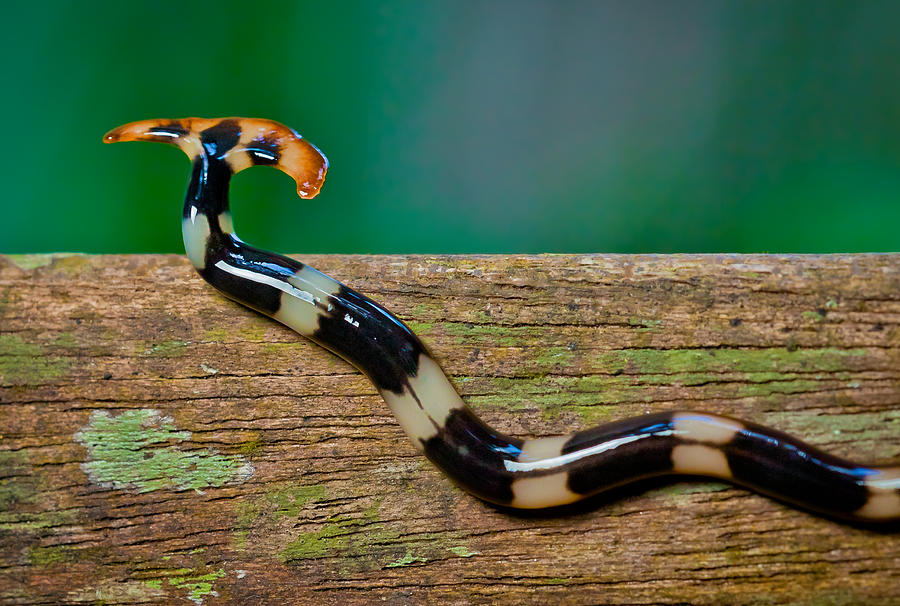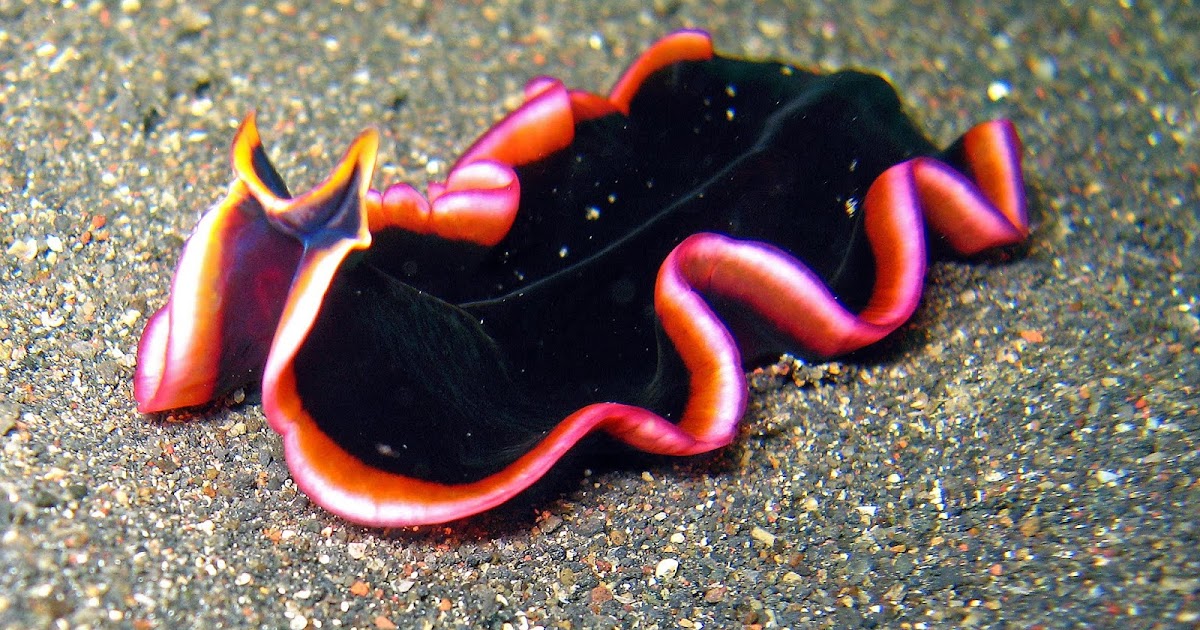
It looks like the hammerhead worms aren’t going anywhere, either. and tend to appear after periods of rain, particularly in garden greenhouses, mulch, and leaf litter. They thrive in hot, humid environments like the Southeastern U.S. The worms secrete the chemical through their skin, which can irritate human skin and harm pets.ĭescribed as “aggressive and cannibalistic,” they can be difficult to get rid of and feed on other small insects, including the biologically important earthworms.

That toxin is called tetrodotoxin, a neurotoxin that is also found in certain pufferfishes. “They also possess a toxin, and we don’t have information on how harmful it is to humans, so I would avoid touching the worms if possible.” “The thing to keep in mind is that these worms reproduce asexually, so if you are trying to get rid of them, cutting them in half will only make more worms,” said Katelyn Kesheimer, an Alabama Extension entomologist, in a blog on the Alabama A&M and Auburn Universities agricultural extension website.

(Think that’s weird? Check out this this self-decapitating sea slug.) Though egg cases have been found, reproduction seems to be primarily done through “fragmentation: a small rear portion of the worm will pinch off, and ‘stay behind’ as the worm moves forward.”Ī new head begins to form within about 10 days and the entire process may happen a few times each month. However, the Texas Invasive Species Institute notes that sexual reproduction has not been observed. When a hammerhead worm is cut in half, it’s possible that the halves may grow into two worms, according to the Iowa State University agricultural department. But it is thought that because the worms are hermaphroditic, meaning they have both male and female parts, they can reproduce by fragmentation. Some species are believed to be poisonous.Īlso called the shovel-headed worm or broadhead planarian, the terrestrial flatworm is not technically immortal, as the tweet claims. “during the early 1900s in soil on the roots of horticultural plants.” Today, there are at least four of the Bipalium species varying in lengths from 1.5 to 12 inches. The first such worms are thought to have been brought to the U.S.


 0 kommentar(er)
0 kommentar(er)
